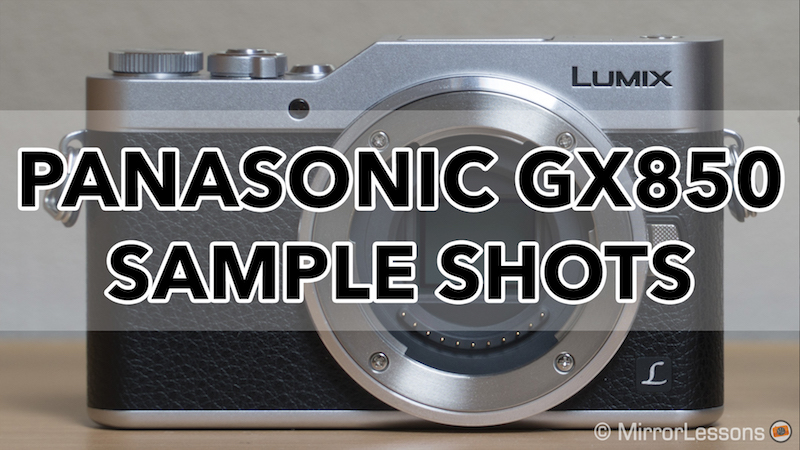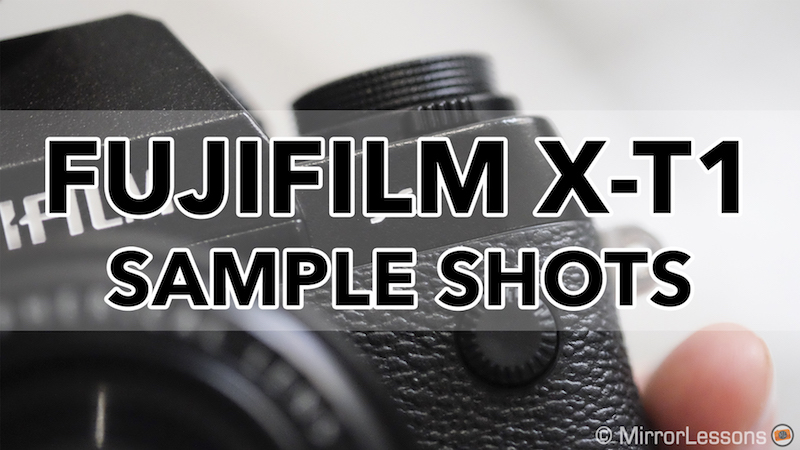The Panasonic Lumix DC GX850 is a mirrorless interchangeable lens camera that uses a 16MP Micro Four Thirds sensor. It is the successor to the Lumix GF7 and is known as the GX800 in Europe.
Author's Bio and Articles
Heather Broster
Heather Broster co-founded Mirrorless Comparison and has produced several reviews and comparisons for the website as well as our YouTube channel. A passionate photographer since her 14th birthday, she loves macro, butterflies, instant cameras and taking pictures of people at events.
Gallery of Panasonic Lumix GM5 Sample Images (RAW & SOOC JPGs)
The Panasonic Lumix DMC GM5 is a mirrorless interchangeable lens camera with a 16MP Micro Four Thirds sensor. It offers the same image quality as other Micro Four Thirds cameras in a body that is as small and portable as a compact camera. Its features include a 3-inch rear monitor with touch sensitivity, a rather small EVF, Full HD video recording at 60fps, a maximum shutter speed of 1/16000 thanks to the e-shutter and built-in WiFi.
Gallery of Sony NEX 5 Sample Images
The Sony NEX 5 is one of the earlier models in Sony’s range of mirrorless interchangeable lens cameras. In addition to having a compact rangefinder-like body, it also comes with a 14.2MP APS-C sensor, a contrast detection AF system with 25 points, a maximum shutter speed of 1/4000 of a second, 7fps continuous shooting, and AVCHD 1080/60i HD video. It was replaced by the NEX 5N in late 2011.
Gallery of Olympus Pen E-PL7 Sample Photos (RAW & SOOC JPGs)
The Olympus Pen E-PL7 is a mirrorless interchangeable lens camera in the Pen line-up. In addition to having a 16MP Micro Four Thirds sensor, it comes with a contrast detection AF system with 81 points, built-in WiFi connectivity, and a flip-down touchscreen for selfie taking. It succeeded the Pen E-PL6 in 2014 and was later replaced by the E-PL8 (2016) and E-PL9 (2018).
Gallery of Fujifilm X-T1 Sample Pictures (RAW & SOOC JPGs)
The Fujifilm X-T1 is a mirrorless interchangeable lens camera in the Fujifilm X Series. It uses 16.3MP X-Trans CMOS sensor (APS-C) and features a SLR-esque weather resistant body with manual dials on the top plate to control exposure compensation, ISO and shutter speed, and a large OLED electronic viewfinder at the centre. Other features include a tilting LCD screen, phase detection AF and various manual focus modes such as Digital Split Image and Focus Highlight Peaking. It was superseded by the Fujifilm X-T2 in 2016.





